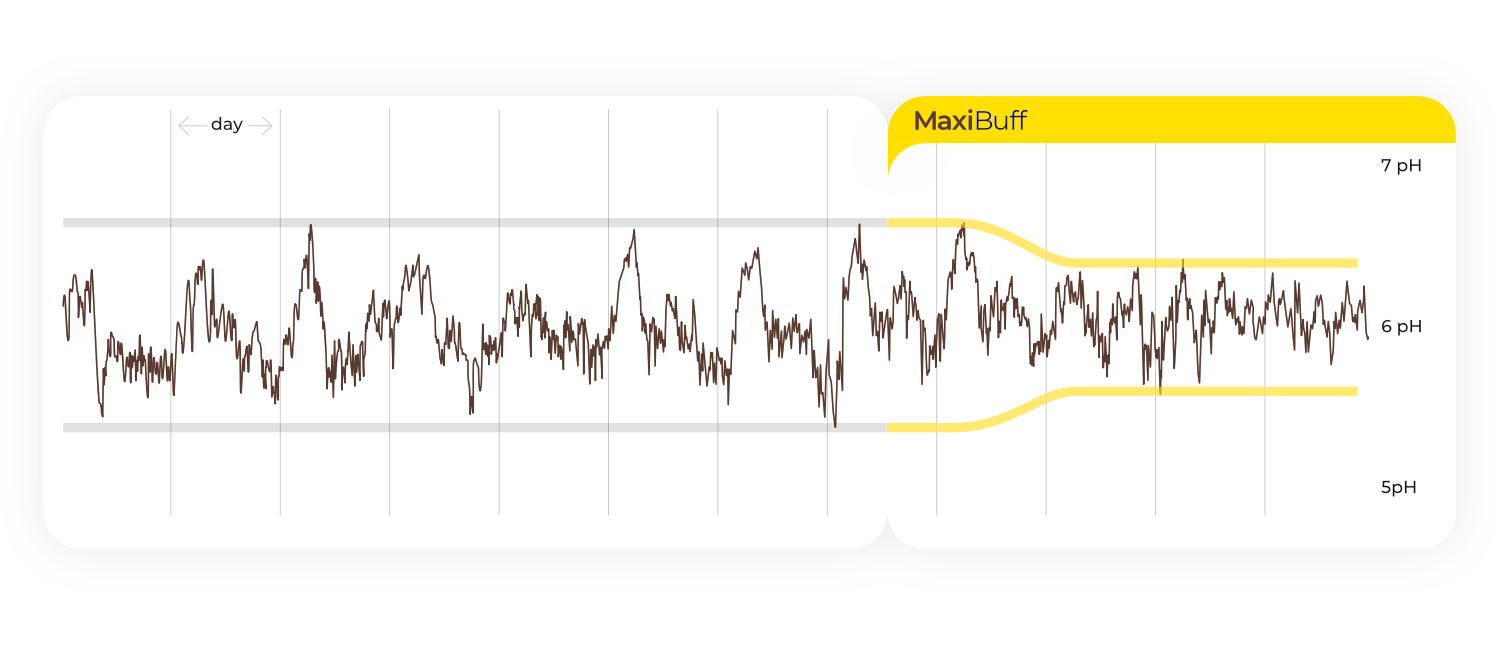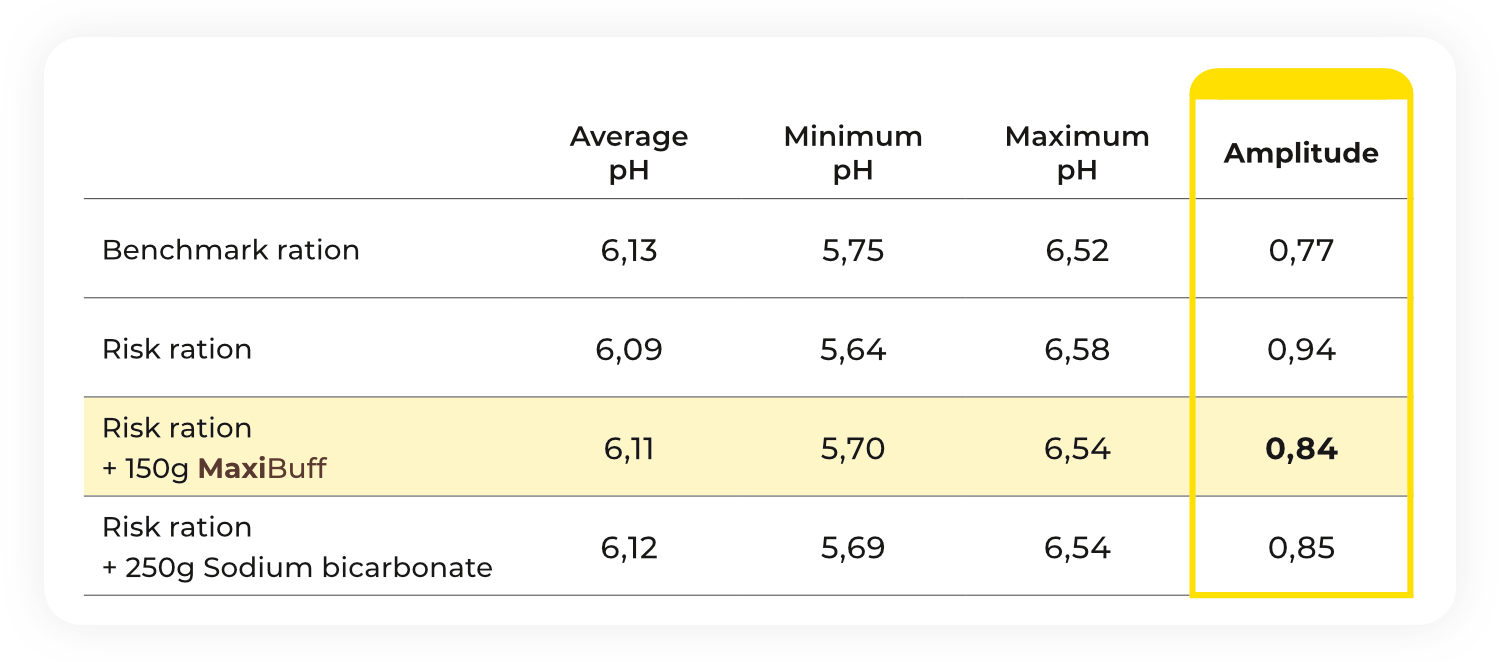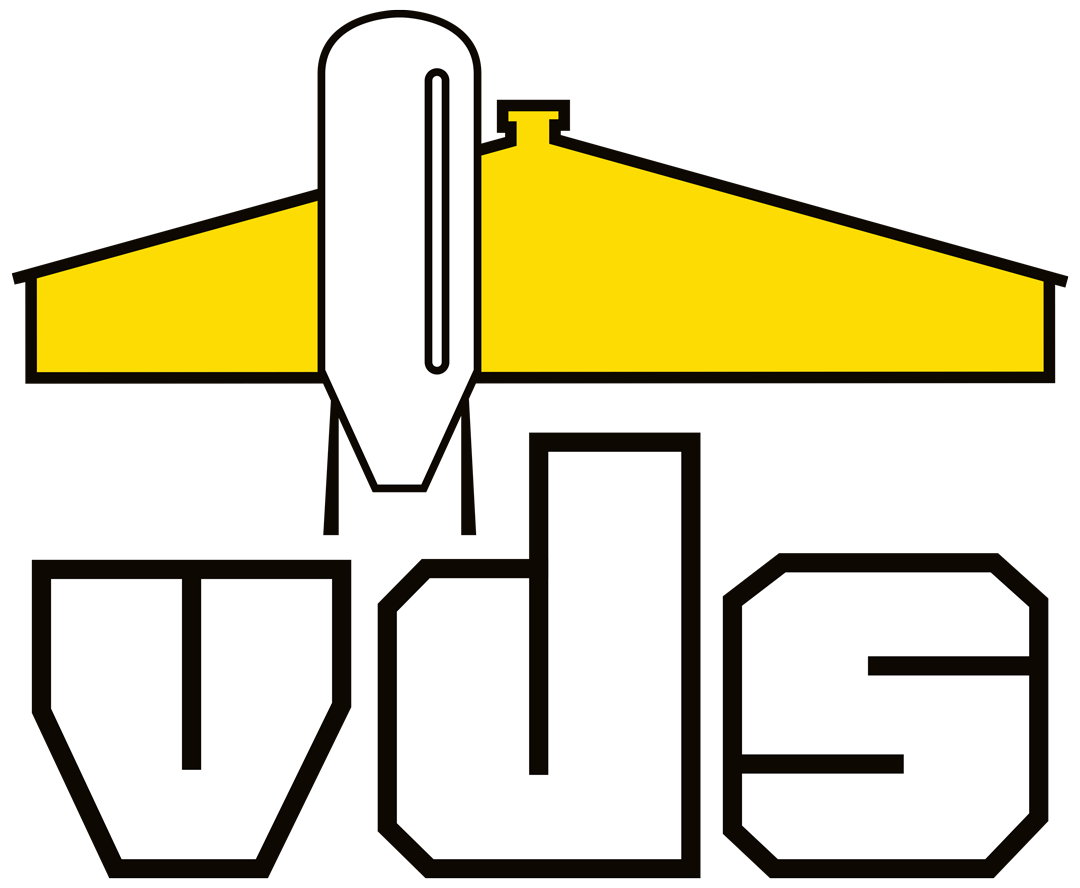What is rumen acidification?
Rumen acidification occurs when a cow’s rumen produces excessive quantities of acid. The ideal pH value in the rumen varies between 6.0 and 6.5. The more acid in the rumen, the lower the pH value. These pH values fluctuate during the course of the day, depend on where they are measured inside the rumen, and are influenced by feed intake, rumination, the composition of the ration and numerous other factors. There is therefore no such thing as a single, decisive rumen pH. The process that occurs inside a cow’s rumen is highly complex.
How to measure acidity inside the rumen?
To detect rumen acidification, we often need to link multiple, simultaneously occurring symptoms. These include sudden changes in rumination activity, manure consistency, milk fat content or claw health.
To measure rumen pH directly, a rumen puncture can be performed by a vet, or boluses can be used to measure the pH value on a 24/7 basis. Because the pH value in the rumen is subject to constant fluctuation, a puncture would have to be taken among a sufficient number of cows in order to gain an accurate picture of the rumen pH. As these boluses constantly measure the pH value in the rumen, a complete pH profile can be obtained. Unfortunately, their lifespan is limited; boluses such as these last only a few months.
The rumen pH profile
When a bolus is used to take pH measurements, three key parameters are taken into consideration: the average pH, the number of hours a day during which the pH exceeds 5.8, and the daily amplitude. Amplitude refers to the difference between the highest and lowest pH value measured during the course of a single day. This parameter provides the most accurate insights into rumen health and can only be measured using a bolus. The slighter the daily fluctuations in pH, the lower the amplitude and therefore the healthier the rumen.

If a cow were to eat the same quantity of the same feed during the course of a 24-hour period, this would result in an ideal rumen pH curve with a low pH amplitude (<0.6). In practice, dairy farmers keeping highly productive dairy cattle should aim for a pH amplitude of <0.8. If this can be achieved, it shows that the cows are given the perfect composition and quantity of feed. Higher amplitudes (>0.8, or even >1.0 in extreme cases) point to feed or management problems. These animals tend to eat irregularly, do not always have access to feed, or their feed is excessively concentrated, which results in a strong fluctuation in pH values.
Get pH under control with a rumen buffer
A rumen buffer is an effective method for the stabilisation of rumen pH. VDS recently conducted research with their product Maxibuff. After the initial laboratory tests, a series of trials designed to be conducted in practice was set up, in which various cows in the herd were administered a rumen pH bolus. The cows were alternatively given a benchmark ration, a risk ration and a risk ration that included a rumen buffer for six days. This trial tested two types of rumen buffers: 150g Maxibuff/cow/day (a product developed by VDS Premix) and 250g sodium bicarbonate/cow/day, which serves as a reference buffer.

What was the result? The benchmark ration, composed to achieve a limited risk of rumen acidification, resulted – as anticipated – in an amplitude of <0.8. The risk ration, which contained more rumen degradable starch and a lower NDF (Neutral Detergent Fibre) content, caused the amplitude to rise to 0.94.
Mixing in a rumen buffer enable the amplitude values to be reduced. As a result, the pH neither dropped nor rose as much, which resulted in a healthier rumen. This demonstrates that rumen buffers are a powerful method against rumen acidification. 150g Maxibuff gave similar results to 250g sodium bicarbonate. In comparison with the benchmark ration, the amplitude was still slightly higher. This shows that other feed and management measures certainly should not be overlooked in a comprehensive approach against rumen acidification.


